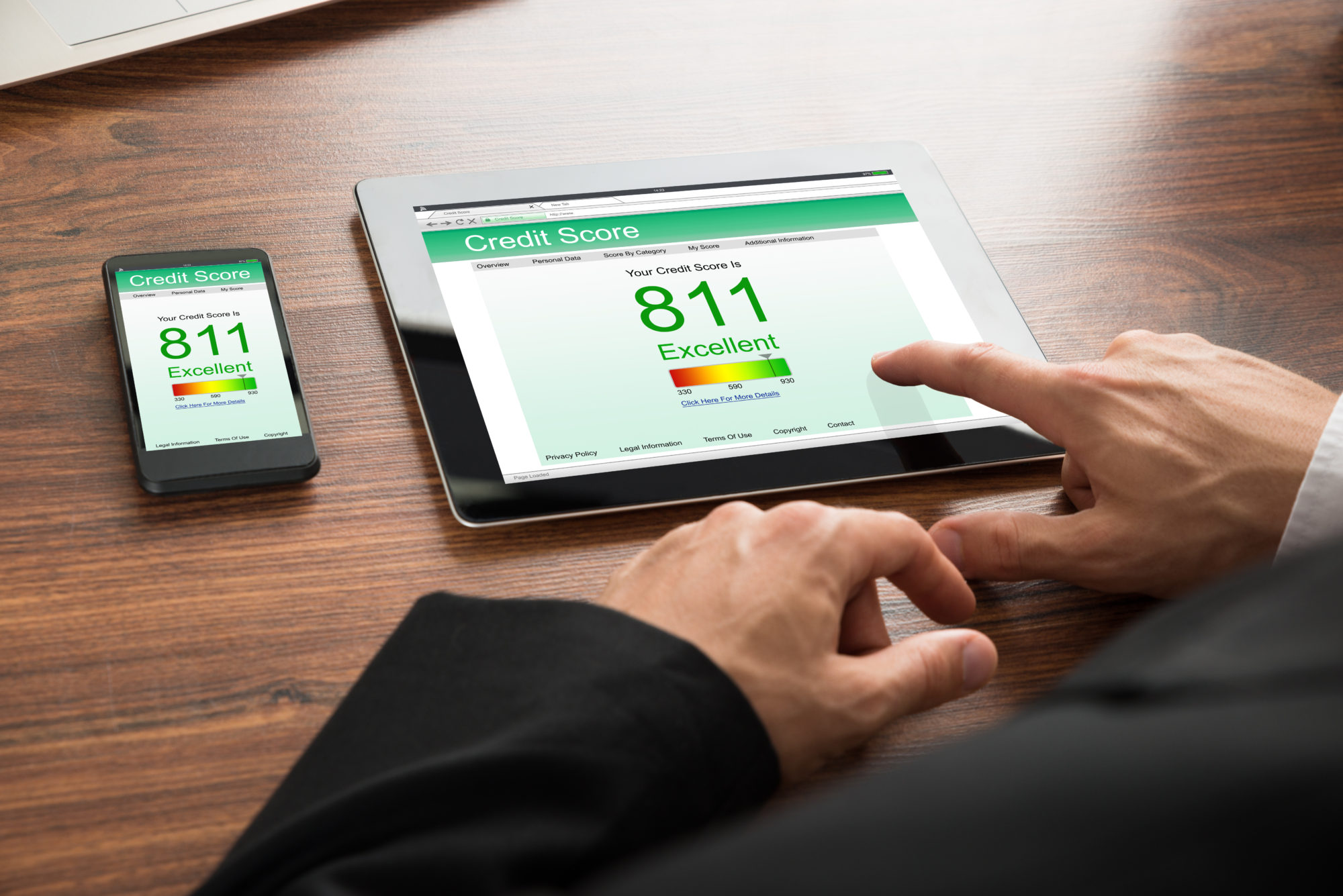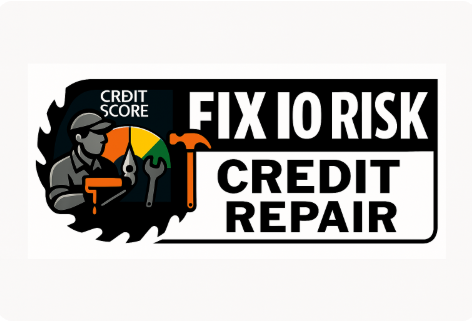
11 Dec What does a “Good” Credit Score looks like?
Most people have a gut feeling about their credit – it’s either great, good or bad. But what is a bad Credit Score really? what should your score look like in order to be “GOOD”? Fix No Risk will help you answer this questions and much more.
First, it’s important to understand that there are many different Credit Scoring models out there and each may use a different scale – or numbers – to convey information. Still, in the lending world, there are some assumptions that can be made about credit score that fall into different ranges — and, as such, what score may qualify as “bad”. For instance, most major Credit Score models follow a 300 to 850 range (the lower the score, the worse for wear, but more on this in a minute), and, while you’re looking at a score measured this way, you can generally assume anything below 600 is a bad Credit Score. Here are how the basic credit tiers typically work out:
- Excellent Credit: 750+
- Good Credit: 700-749
- Fair Credit: 650-699
- Poor Credit: 600-649
- Bad Credit: below 600
Let’s take a deeper look at what constitutes a bad Credit Score.
As we mentioned, credit score ranges can vary by model. For example, all FICO scores range between 300 and 850 with 300 being the lowest (or worst) possible score, while 850 is the highest (or best) possible score. The range for VantageScore 2.0 credit scores is between 501 and 990, with the higher number representing the strongest score. But its newer version, VantageScore 3.0, has a range of 300 to 850.
Now, the companies that develop credit scores – FICO and VantageScore, for example – do not decide which credit scores are technically “good” or “bad.” Nor do the credit reporting agencies that supply the credit reports used to create credit scores. Instead, it’s up to individual lenders and insurance companies who use these scores to decide which scores demonstrate an acceptable level of risk. They use scores in a variety of ways, too. These include:
- Determining the interest rate they will charge for a loan, or in the case of an insurance company, the discount they may offer on an insurance policy.
- Deciding whether to extend credit, how much credit to approve, whether to increase (or lower) a customer’s credit limit, or even to close a risky account.
In a way, then, there is no such thing as a “bad credit score,” since the number itself doesn’t mean anything until a lender decides how to use it. In other words, a credit score is only bad when it keeps you from whatever you are trying to accomplish, whether that is to refinance a loan, borrow at a low interest rate, or get the best deal on your auto insurance.
Moreover, what will be considered bad credit by one lender may be perfectly acceptable to another. For example, with many mortgages, the minimum score required may be a 620, while some credit card issuers offering low-rate cards may reject applicants whose scores are lower than, say 680.
Find Out Where You Stand
Truth be told, lots of people are saddled with bad credit scores. According to 2015 analysis of VantageScore 3.0 data, almost 30% of Americans have poor or bad credit (which in this case would mean a score lower than 601). That 30% amounts to about 68 million of the 220 million score-able people out there, VantageScore says.
Keep in mind, it’s possible to have bad credit and not even know it. That’s why you’ll want keep a close eye on your credit. Checking your own credit reports and scores does not affect your credit score in any way. You can start taking your credit score from “bad” to “good” by disputing errors on your credit report, paying down excessively high debts and limiting new credit inquiries.
With this being said there are many companies that offer their service to help you identify what needs to be done in order to fix your Bad credit or make your credit even better. Fix No Risk offers you a credit review at no cost and help you with the questions you still may have.
